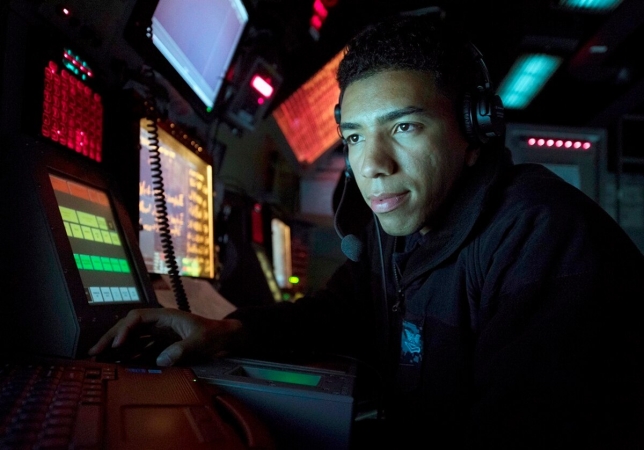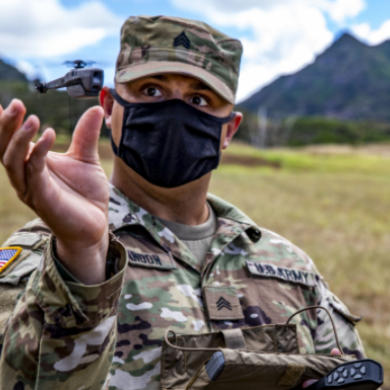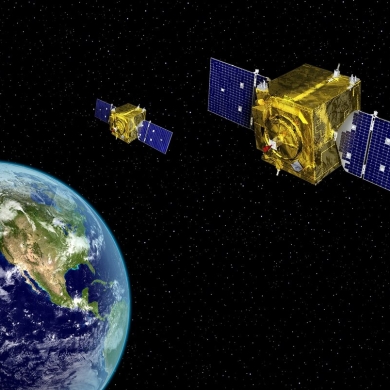22 avril 2021
Introducing the Emerging Technologies Institute
In January 1991, coalition forces led by the United States launched the opening moves in the Gulf War with an air campaign that demonstrated America's overwhelming technological superiority. The entire world watched in awe as stealth aircraft, nearly invisible to radar, flew unhindered over the skies of Baghdad; video- and laser-guided munitions struck military targets with exquisite precision; and anti-radiation missiles made easy work of defenders' surface-to-air radar systems. The fruits of America's investments in research and engineering were on full display as the armed forces achieved not only superiority, but total supremacy over the Iraqi military. In the intervening 30 years, peer competitors have had ample time to study our way of war. This means not only emulating and copying U.S. technologies, but also probing for vulnerabilities. For example, potential adversaries have realized that we are highly reliant on space and have invested in ways to hold our systems at risk. As former Secretary of the Air Force Heather Wilson described the dilemma we face with our space capabilities, “We built a glass house before the invention of stones.”



